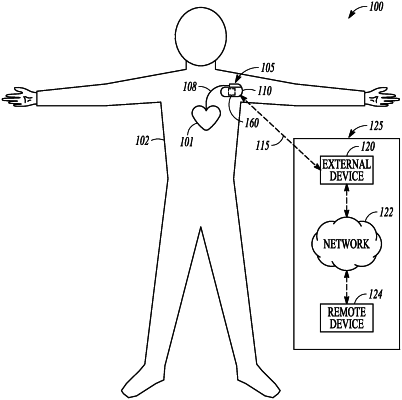| CPC A61N 1/3925 (2013.01) [A61B 5/363 (2021.01); A61B 5/6805 (2013.01); A61B 5/7282 (2013.01); A61B 5/746 (2013.01); A61N 1/3956 (2013.01); A61B 5/364 (2021.01); A61B 5/7221 (2013.01); A61N 1/3993 (2013.01)] | 20 Claims |

|
1. A system for detecting cardiac events from a patient, the system comprising:
a memory circuit configured to store physiologic event episodes recorded by a medical device from the patient that satisfy a first detection setting of the medical device; and
a control circuit, including a detection control circuit configured to perform offline analysis of the stored physiologic event episodes to determine a presence of a target cardiac event under a second detection setting having a different detection parameter value than the first detection setting of the medical device, comprising to:
display, on one user interface, the determined presence of the target cardiac event of a first event episode under the first detection setting to a user;
receive from the user an adjudication of the target cardiac event of the first event episode under the first detection setting;
determine an indication that the first event episode is a false positive (FP) event episode under the first detection setting based on the received adjudication of the target cardiac event of the first event episode;
in response to the determined indication that the first event episode is a FP event episode, re-determine a presence of the target cardiac event for the stored physiologic event episodes that satisfy the second detection setting; and
present information about the re-determined presence of the target cardiac event for the stored physiologic event episodes under the first and second detection settings to reduce an adjudication burden of the user.
|